(Courtesy of Lenka Petráková)
So far this is an artistic representation of hand waving and hardly a convincing effort in engineering design.
When it comes to the open ocean, I tend to be super conservative, because we really have not mastered it all at all. This structure looks like it will pile up on some beach in order to be ground to bits.
That is why i like water tight flotation cells linked together in such a way that they can move their own way. Do problem in most conditions, but in heavy conditions it is also able to batten down and ride it out without damage. The cells still need to be huge. Imagine two super tankers tied together in a storm. Can we actually do it?
Designer Envisions Breathtaking Floating Research Station That Cleans the Ocean, Harnesses Tidal Energy
February 25, 2021 Updated: February 25, 2021
https://www.theepochtimes.com/designer-envisions-breathtaking-floating-research-station-that-cleans-the-ocean-harnesses-tidal-energy_3704085.html?
A Slovakian designer has been named the winner of the 2020 Grand Prix Award for her ingenious floating research station. Not only does the station have a sleek, beautiful design, but it also has the ability to clean the ocean’s waters.
Lenka Petráková tackled a huge issue with her design concept: she decided to create a structure with the potential to reduce ocean pollution while educating visitors.
The design is named “The 8th Continent,” after the growing, gigantic mass of waste in the Pacific
Ocean.
(Courtesy of Lenka Petráková)
(Courtesy of Lenka Petráková)
According to Petráková, this trash gyre is so large, it’s the size of a continent.
That’s why she designed a station that can collect plastic debris from the ocean’s surface and break it down into reusable material.
“Millions of tons of trash enter the ocean each year,” Petráková wrote in a press release. “The floating station restores the marine environment’s balance by collecting plastic debris from the surface and breaking it down to recyclable material. It connects the ocean plastic recycling center with a research and education facility to create an interdisciplinary platform to fight against the delusion that we can not hurt the ocean by our action onshore.”
Petráková began the project as her thesis at Studio Hani Rashid at the University of Applied Arts Vienna. For her ingenious design, she was awarded the French 2020 Grand Prix Award, a prestigious honor that recognizes outstanding contributions to architecture.
Esthetically, the design is a breathtaking marvel to behold.
(Courtesy of Lenka Petráková)
(Courtesy of Lenka Petráková)
Design renderings feature a sleek, three-sided central base, from the center of which three curved glass structures—green houses—tower upwards toward the sky, like three giant petals of a lotus flower floating on the surface of the sea. From each corner of the base, three long, floating partitions extend outward from the structure, channeling garbage toward a central collector.
The floating station is a self-sufficient facility that can sustain itself while also doing important work to clean and study the ocean, while educating visitors at the same time.
Petráková shared that the station has many capabilities. In addition to collecting plastic waste, it harvests tidal energy, studies and analyzes marine life, and desalinates water for the many greenhouses within the station
(Courtesy of Lenka Petráková)
(Courtesy of Lenka Petráková)
“Each of the main parts is developed based on the required environmental characteristics and the program they carry,” she explained. “The Barrier floats on the water surface and moves waste towards the Collector. The collection technology at the center of the building is designed to optimize waste handling.”
She added that the collection of water is not only to irrigate plant hydroponics but also to aid in ocean research.
“Greenhouses are shaped to optimize condensed water collection and resemble large sails to allow wind to navigate the station,” she said. “The living quarters, public spaces, and support facilities pass through the building’s center and connect all parts, geometrically matching the ship’s keel.”
Additionally, the floating station is equipped with solar panels, which cover the greenhouses and provide power for water processing and heating.
(Courtesy of Lenka Petráková)
“After the wastewater extraction, the filtered clean water is pumped into the water tank and either desalinated or used for the hydroponic cultivation of plants,” the designer added.
The station’s design is so unique and innovative, it also won the Innovation of the Sea Award from Foundation Jacques Rougerie, which recognizes visionary innovation.
In a video published on Dec. 9, 2020, the foundation called the station a “self-sufficient organism” that utilizes natural forces to navigate, as well as influence the ship’s interior environment and processes.
(Courtesy of Lenka Petráková)
“The floating station is cleaning the ocean and restoring the balance in the marine environment,” the foundation said.
Writes Petráková passionately, “Could you imagine the world without the blue ocean? Today, large surfaces covered in marine plastic pollution equal the size of a continent. … The live-giving [sic] ocean is suffering, and we need to help restore its balance for our planet’s survival.”
The designer hopes her new platform will go beyond mere technological innovation, incorporating an interdisciplinary approach to educate people and “change their relationship with the marine environment for the generations to come.”
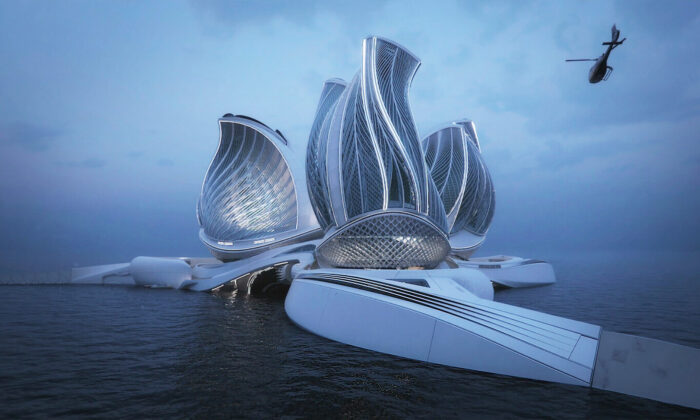
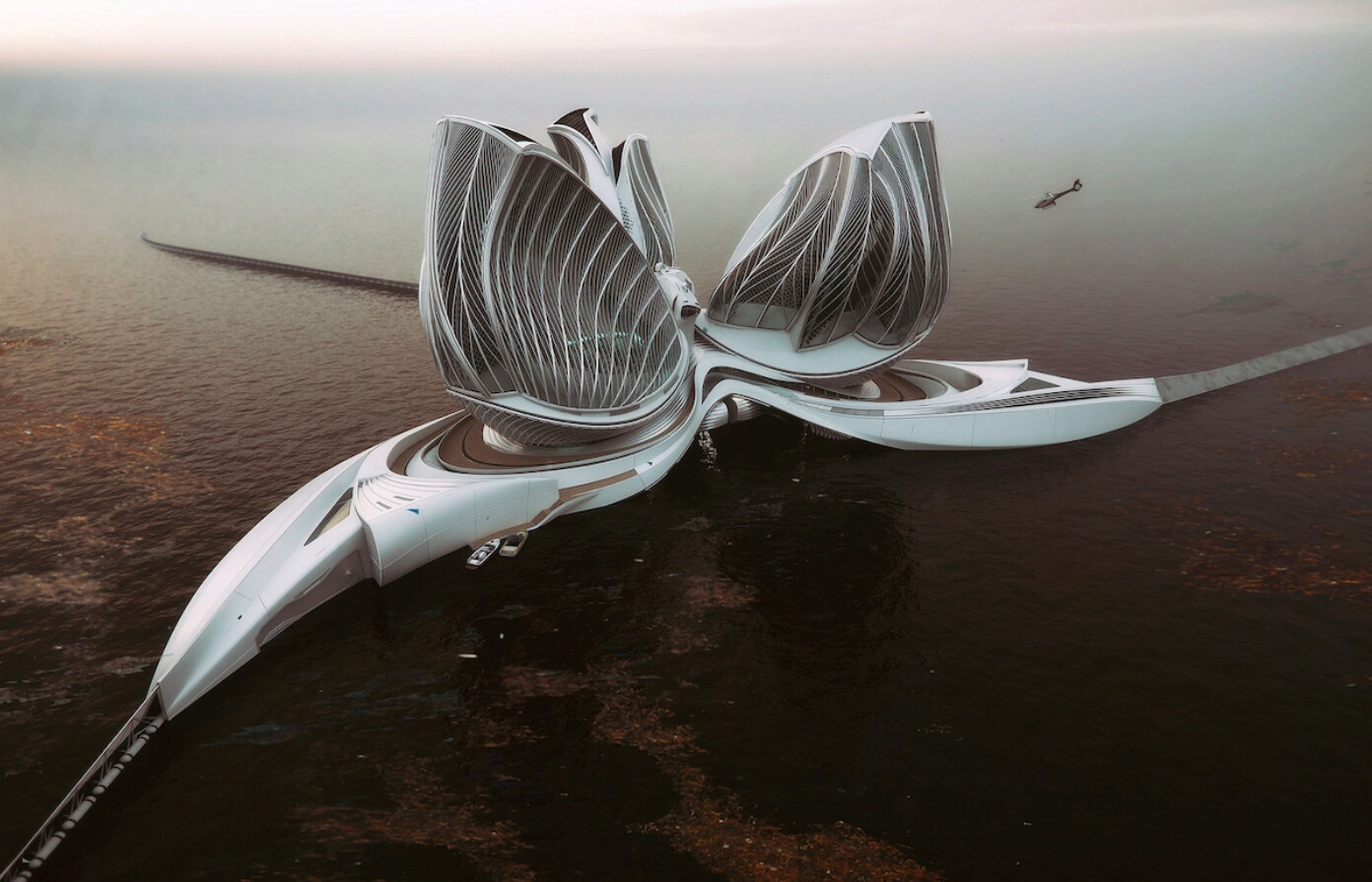
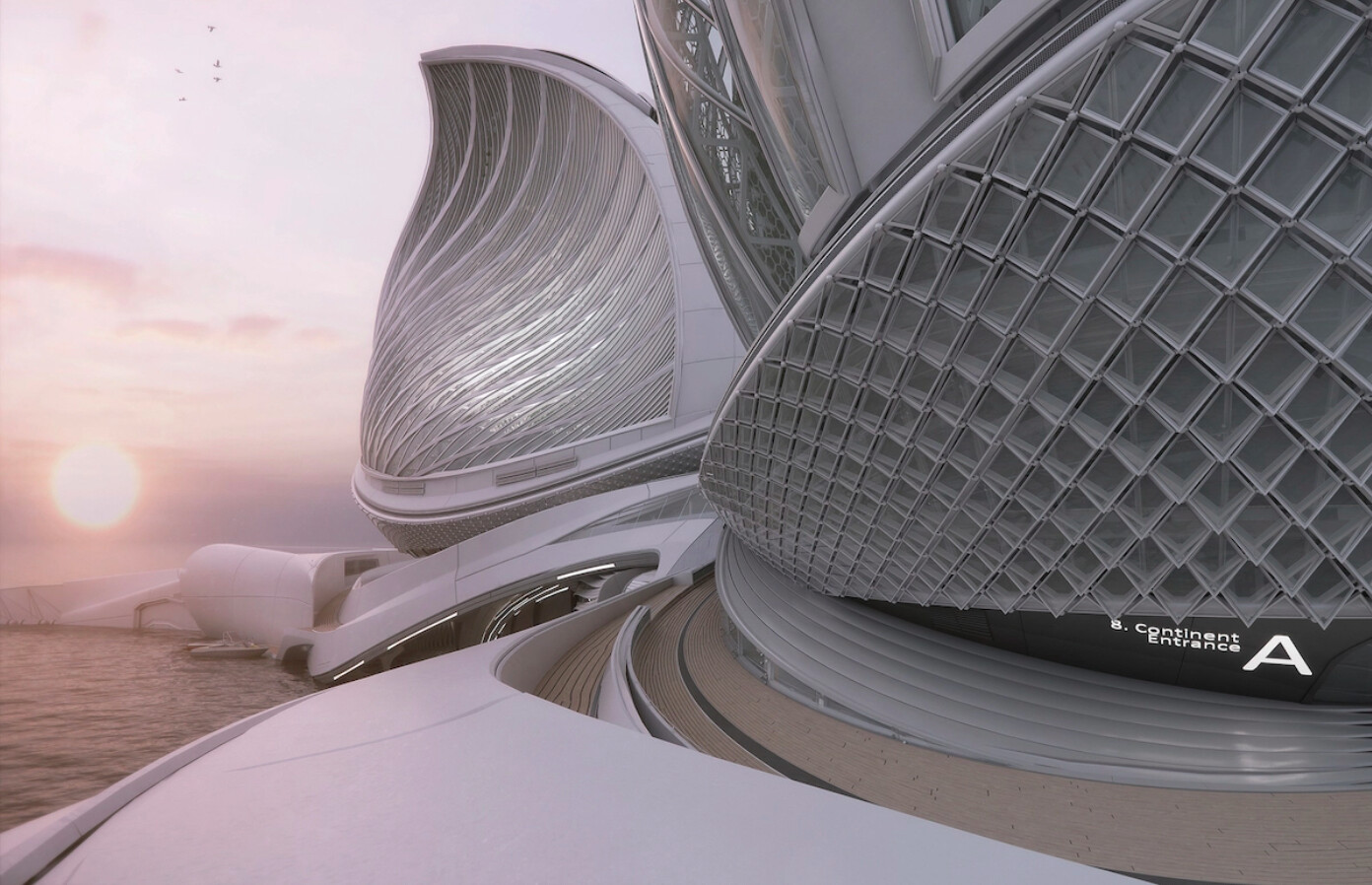


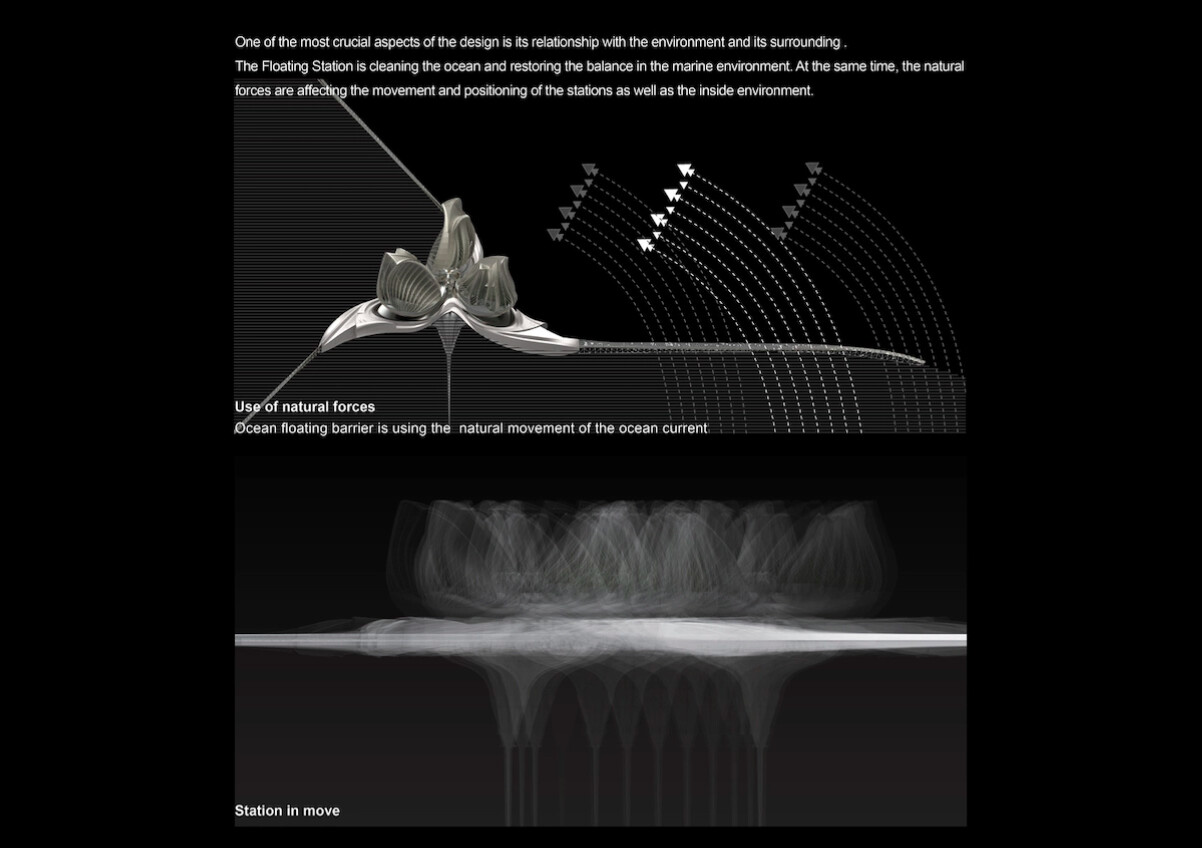
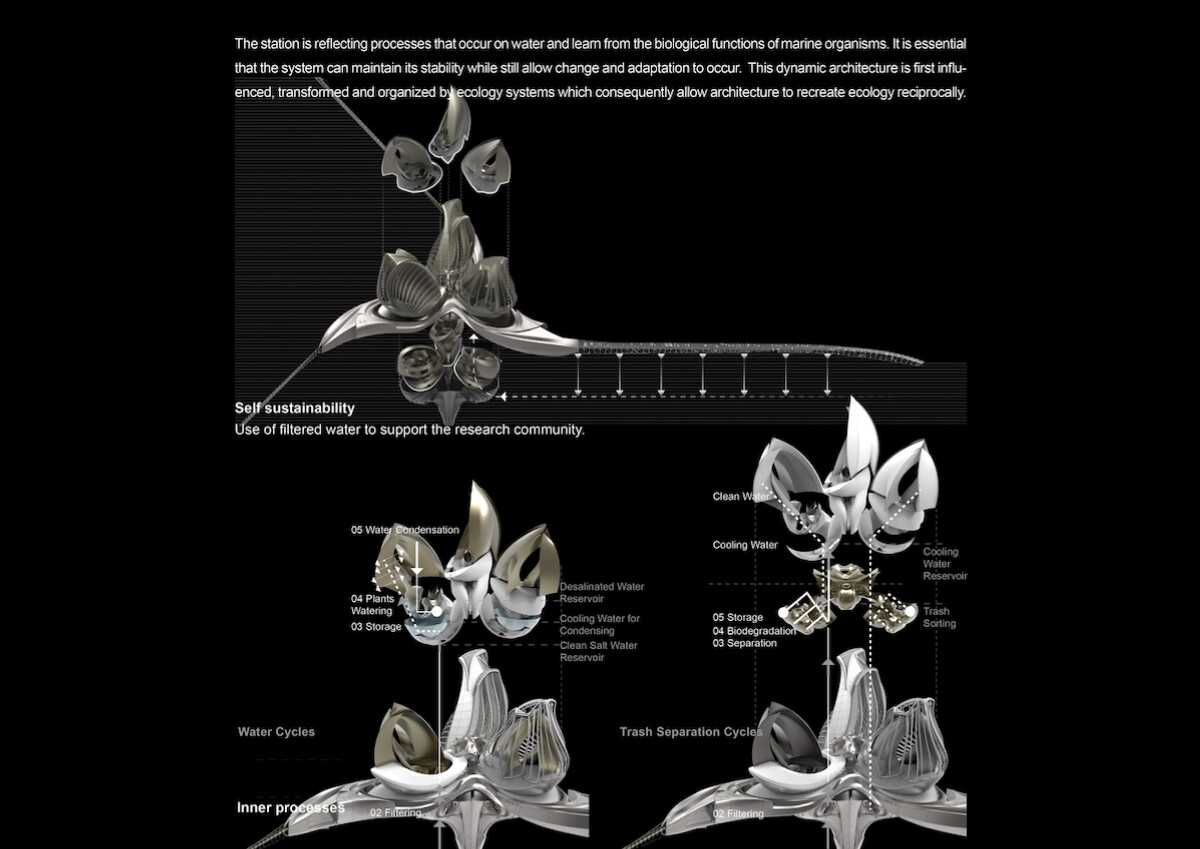
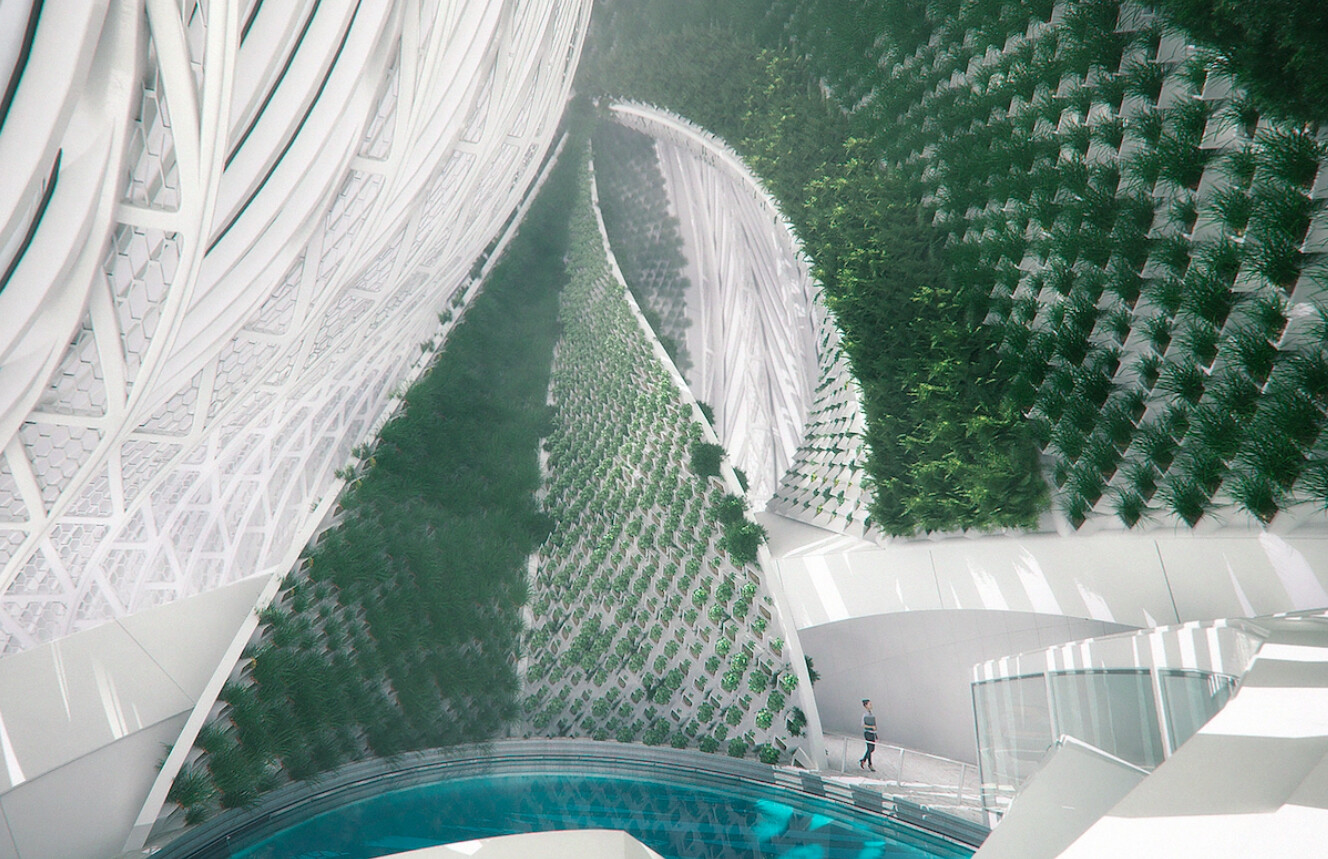

No comments:
Post a Comment